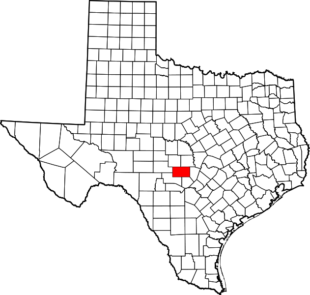Groundwater Management Area 7 (GMA 7)
Groundwater Management Area 7 (click here to go to GMA 7 website)
The mission of the Groundwater Management Area is to implement regional planning and management for the State aquifers.
GMA 7 Technical Memorandums
Edwards-Trinity (Plateau) Aquifer
The District’s Management Plan Annual Review can be accessed by clicking on the following HCUWCD_MPReview.pptx
The DFC for the Ellenburger aquifer in years 2013 and 2014 were not achieved as water levels declined during drought years (click here), with the red dots indicating those monitor wells that did not meet the DFCs in years 2013 and/or 2014. The yellow dots represent the other monitor wells in in the Ellenburger aquifer. On the map there are two different areas drawn, the purple line represents the High Historical Groundwater Use Area I (HHUA I) and the blue line represents the Buffer Zone for HHUA I. This map coincides showing the wells that did not achieve the DFCs for years 2013 and 2014 are located within HHUA I. As background, in August 2006 the District declared two High Historical Groundwater Use Areas in Gillespie County, HHUA I is located around the City of Fredericksburg’s Old San Antonio Well Field and HHUA II is located in the area known as Boot Ranch. The HHUA designation places more restrictive pumpage conditions on new permitted wells and requests for increased production on existing permitted wells, which includes grandfathered permitted wells. It doubles the well spacing requirements on new permitted wells and production amounts are based on ½ acre foot per acre of the area service serviced by well. In the Buffer Zone it doubles the well spacing requirements on new permitted wells, but the restrictive pumpage conditions do not apply. These requirements are applicable only to permitted wells and do not pertain to domestic or livestock wells. For more information on the District’s HHUA areas, go back to our home page, then on the left-hand side scroll down to “Rules, Management Plan and Drought Management Plan” then click on “High Historical Groundwater Use Areas”.
